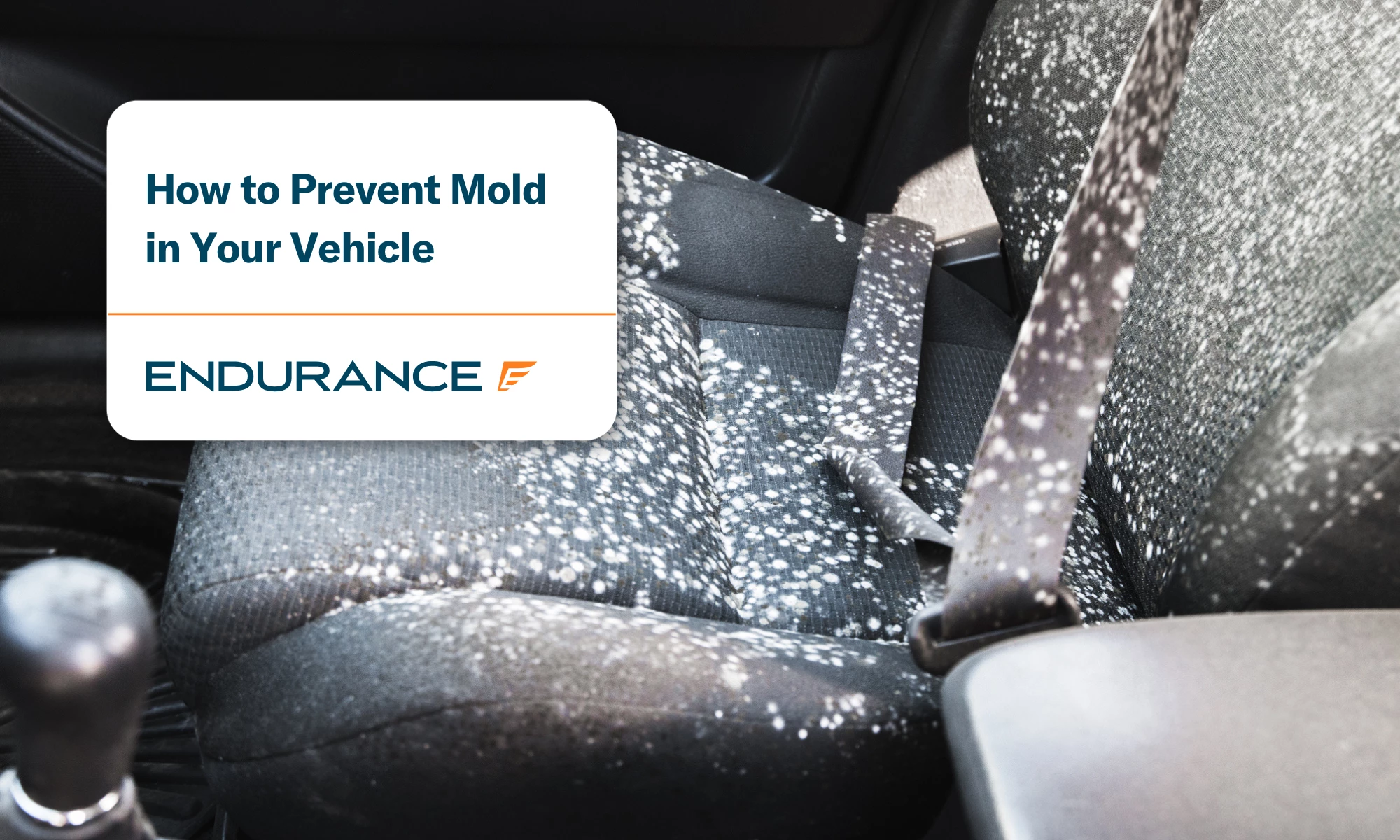7 Effective Ways to Prevent Car Mold During Humid Weather
Humid conditions create the perfect environment for mold growth in vehicles, potentially causing health issues and interior damage. Here's how to prevent and address mold formation in your car during humid seasons.

Mold inside a car
Why Mold Grows in Cars
- Warm, humid conditions with limited airflow
- Excess moisture from rain, snow, and condensation
- Poor ventilation when parked
- Organic materials (dust, food crumbs, upholstery fibers)
- Leaks from faulty seals or clogged drainage
Prevention Strategies:
Ventilation
- Crack windows slightly when safely parked
- Use air conditioning to remove moisture
- Switch to fresh air intake instead of recirculation
- Park in well-ventilated or sunny areas
- Regularly use the defroster
Moisture Control
- Place silica gel packets in strategic locations
- Use reusable car dehumidifiers
- Apply baking soda for natural moisture absorption
- Install activated charcoal bags
- Consider calcium chloride moisture absorbers
Regular Maintenance
- Vacuum weekly to remove debris
- Clean spills immediately
- Maintain leather/vinyl surfaces
- Clean ventilation grilles regularly
- Replace cabin air filter as scheduled
Addressing Existing Mold:
- Wear protective gear (gloves, mask)
- Vacuum with HEPA filter
- Clean with vinegar-water solution
- Use diluted hydrogen peroxide for stubborn spots
- Dry thoroughly
- Consider professional detailing for severe cases
Mechanical Protection
- Monitor electrical components for moisture damage
- Check HVAC system regularly
- Address leaks promptly
- Consider extended warranty coverage for moisture-related issues
Proactive maintenance and proper ventilation are key to preventing mold growth. Regular cleaning and moisture control will help maintain a healthy vehicle interior during humid seasons.

Female hands using electronic device

Car maintenance tools and service items

Person replacing car fuse box
